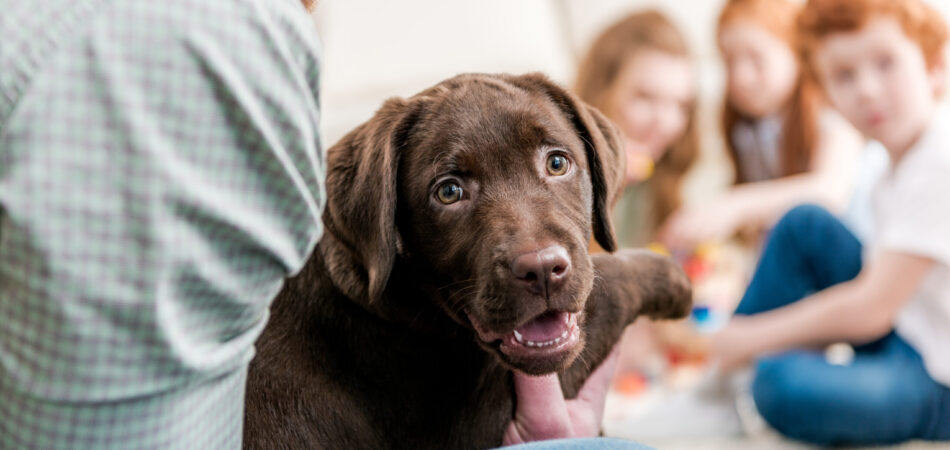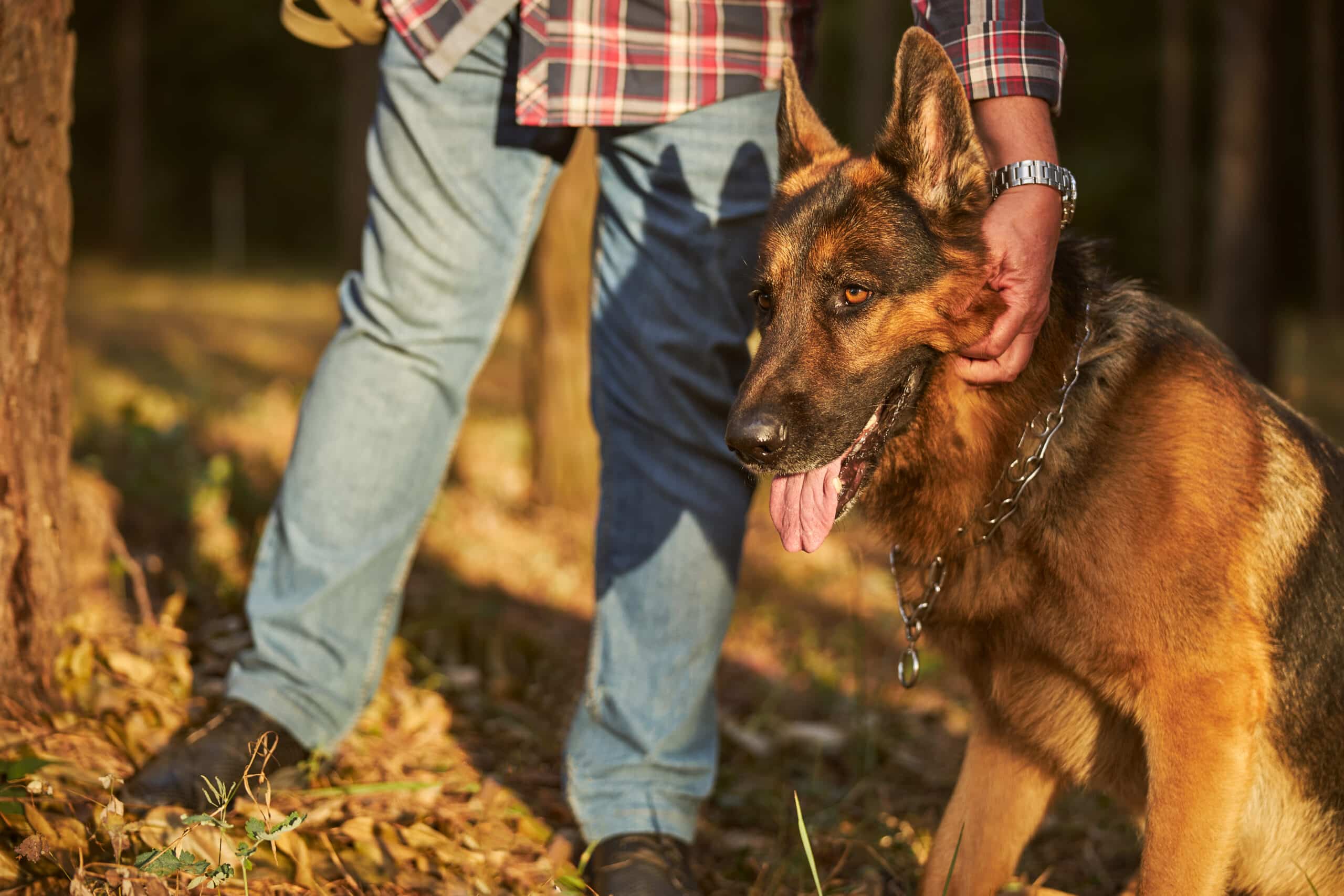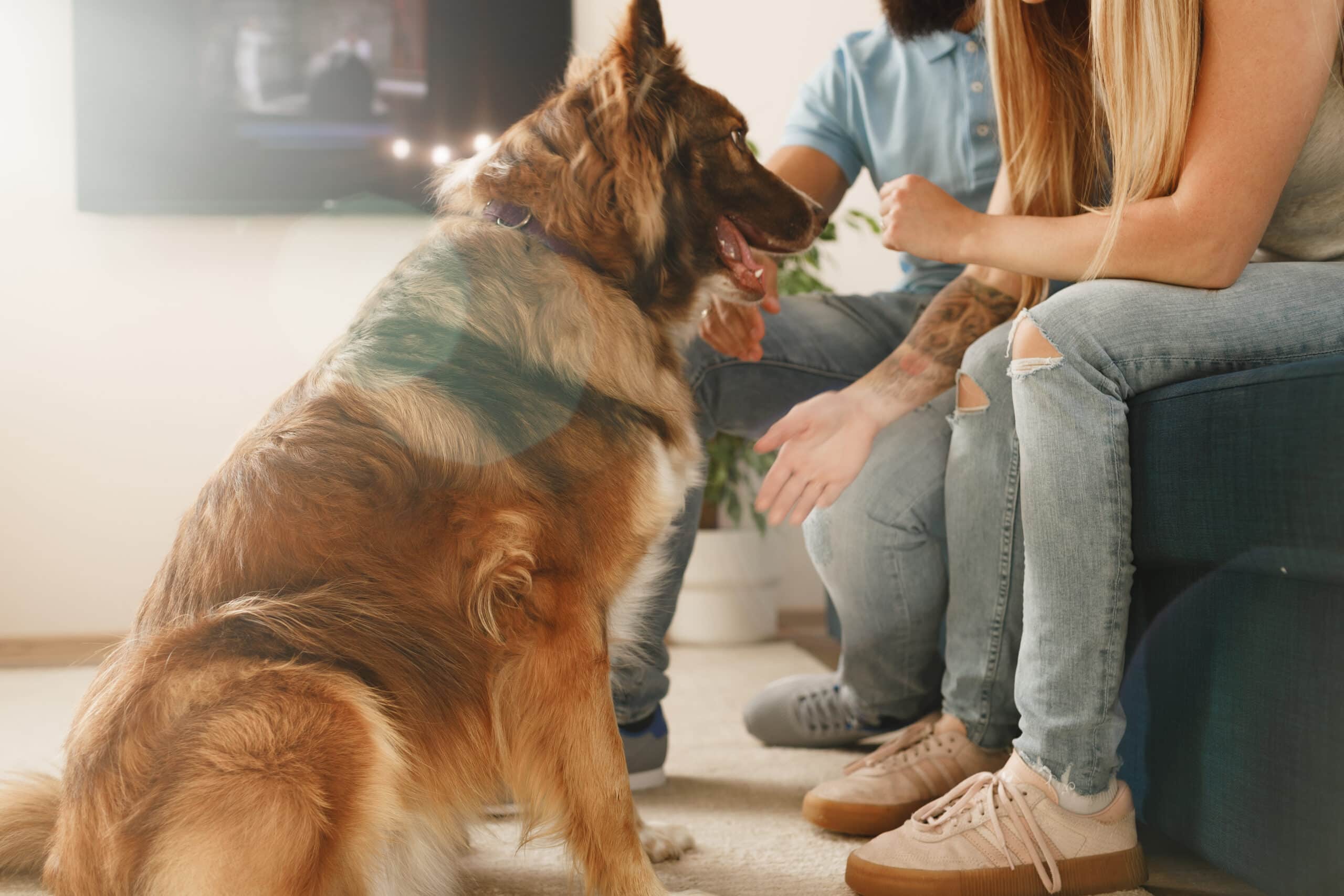






As a proud dog owner (underline proud) and passionate advocate for responsible pet ownership, I’ve had the pleasure of guiding many families through the process of welcoming a protection dog into their homes. But make no mistake—these aren’t your average Fidos. These are highly trained, laser-focused canine companions trained for protection and security.
And if you think you can just bring one of these bad boys home and expect them to adapt to your fluffy little Pomeranian and your toddler’s tea parties, you’ve got another thing coming.
Preparing your home for a protection dog takes precision, dedication, and a level of planning that makes the D-Day invasion look like a walk in the park. But hey, when it comes to your family’s safety, nothing is too much, right?
In the sections that follow, we’ll guide you on a step-by-step journey, thoroughly creating the perfect sanctuary for your protection dog.
From reinforcing your perimeter to optimizing their training grounds, every detail will be scrutinized to ensure your home becomes an impenetrable stronghold—a place where your family’s safety is absolute and your protection dog can thrive.
I know the stakes are high, but the rewards are immeasurable. Let’s get to work, shall we?
 We’re talking fences, gates, the whole nine yards. These dogs are trained to patrol and protect, so you need to give them a clearly defined territory to call their own. Anything less than Fort Knox-level security is just asking for trouble.
We’re talking fences, gates, the whole nine yards. These dogs are trained to patrol and protect, so you need to give them a clearly defined territory to call their own. Anything less than Fort Knox-level security is just asking for trouble.
They require space to move, exercise, and perform their duties without feeling cramped or overwhelmed.
If you have a large yard, you’re already halfway there. For those in more compact living spaces, it’s important to maximize what you have—think of it as designing a custom playroom for a very discerning toddler who also happens to be your security detail.
Before your new protector arrives, take a thorough look around your home from a dog’s perspective. Loose wires, toxic plants, fragile decor—anything within sniffing or chewing range can become a hazard.
Protection dogs are generally well-trained, but in a new environment, even the best-trained dog can get curious. And we’re not just talking about hiding the valuables. No, we’re also talking about a full-blown tactical overhaul.
These dogs are big, they’re strong, and they’re used to working in high-stress environments. That means you need to reinforce your doors, your windows, your furniture—heck, even your flooring needs to be able to withstand the pounding of a 100-pound fur missile.
Consider installing gates or barriers in areas where the dog’s access should be limited. This isn’t just for safety; it’s also about setting boundaries early on. Dogs, like people, need to know their limits.
Establishing these physical boundaries helps your protection dog understand their role in your home—where they’re allowed to go and where they need to stay alert.
Creating designated zones for your protection dog within the home is a great way to manage their activities and behavior. Think of these as your dog’s personal areas—a bed for downtime, a training space for drills, and a feeding station that’s away from high-traffic areas to prevent unnecessary excitement during meal times.
Consistency is important here. Dogs are creatures of habit, and protection dogs especially need a predictable environment to excel in their roles.
Make sure their bed is always in the same place, meals are served at the same times, and training happens regularly. This routine helps reduce stress for the dog and fosters a sense of stability and security.
A comfortable bed, a few durable toys, high-quality food, and grooming supplies are just the beginning. Given the active nature of protection dogs, invest in sturdy leashes and collars, along with any specific gear recommended by your trainer.
You’ll also need to stock up on training treats—lots of them.
Positive reinforcement is a powerful tool in maintaining your dog’s skills and encouraging good behavior.
Choose treats that are not only tasty but also healthy, as these will become a staple in your training routine.

If you have other pets, introductions should be slow and steady. Keep the initial meetings brief and positive, with plenty of supervision. Reward calm behavior from both your protection dog and existing pets to set the tone for future interactions.
Remember, your protection dog is trained to be vigilant, and they’ll need time to adjust to the idea that the cat lounging on the couch is a friend, not a foe.
Now, let’s address the elephant in the room—as I said earlier, these dogs aren’t your average Fidos. They’ve been put through the ringer and trained to the highest standards of military and law enforcement K-9 units.
So if you think you can just slap a leash on them and call it a day, you’re in for a rude awakening. These dogs require a lot of dedication and discipline. We’re talking daily training sessions, constant reinforcement of commands, and obedience exercises.
And let’s not forget about the mental aspect, either. These dogs have been conditioned to deal with high-stress situations and to remain calm and focused in the face of chaos. So you better believe you need to create that kind of environment in your home, too.
Finally, remember that socialization is just as important as training. Regular exposure to different environments, people, and other animals will help your protection dog adapt and remain calm and composed in any situation.
This is particularly important for family protection dogs, as they need to differentiate between normal family activities and potential threats.
Now, I can already hear you whining, “But I’ve watched every dog training video on YouTube!” Newsflash, hotshot—your protection dog isn’t learning how to fetch slippers.
We’re talking simulated break-ins, crowd control exercises, and threat assessment drills that’ll have your neighbors wondering if you’re running a paramilitary operation. But it’s not just about the fancy tricks. These trainers will also teach you how to maintain your dog’s elite skills.
Because, let’s face it, if you can’t keep up with your dog’s training, you might as well trade it in for a chihuahua and a “Beware of Dog” sign.
And here’s the kicker—this isn’t a one-and-done deal. We mean regular check-ins, ongoing assessments, and constant fine-tuning.
So, how often should you bring in the pros? At least quarterly, if not more. And if you’re balking at the cost, let me break it down for you: What’s the price tag on your family’s safety? On your peace of mind? Yeah, thought so.
Now, when it comes to professional training, there’s good, there’s great, and then there’s fucking legendary.
And let me tell you, the trainers at Vanguard Protection Dogs? They’re in a league of their own. Their training methods are so advanced, so cutting-edge—simply gold standard.
Ready to experience the difference the Vanguard training can make? Contact us for a free consultation today!